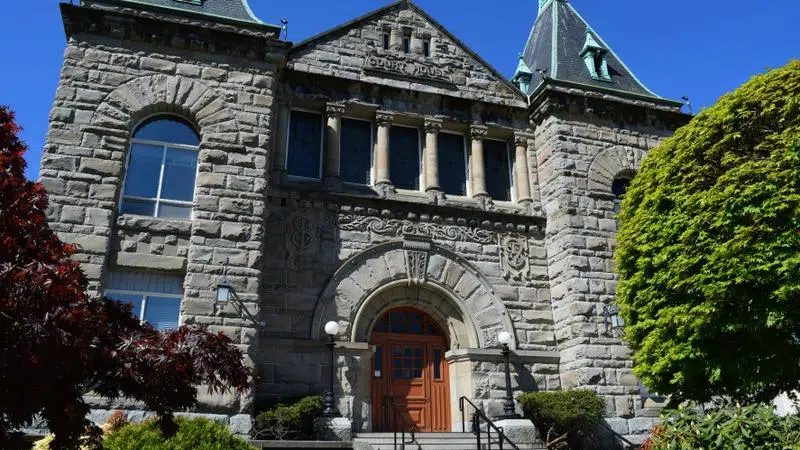
Participating versus witnessing a key factor in religious court battle over smudging in classrooms
NANAIMO — What constitutes taking part in or merely watching an activity is one of the main questions running through an important court case unfolding in a Nanaimo courtroom this week.
The matter was raised in the second of a five-day hearing at the Supreme Court of B.C. in Nanaimo, where Port Alberni mother Candice Servatius is attempting to prohibit smudging ceremonies in B.C. classrooms.
“A demonstration is telling someone about something and maybe showing,” she told the court when being cross-examined by her lawyer Jay Cameron. “In a smudging ceremony, showing the shell, showing the safe, explaining what would happen. Once you light that and walk around the room, that’s participating in something.”
Servatius and her family are practicing evangelical Christians. Her court submissions in the case say her daughter experienced “anxiety, shame and confusion as a result of being forced to participate in a religious ritual that conflicted with her own religious convictions.”


